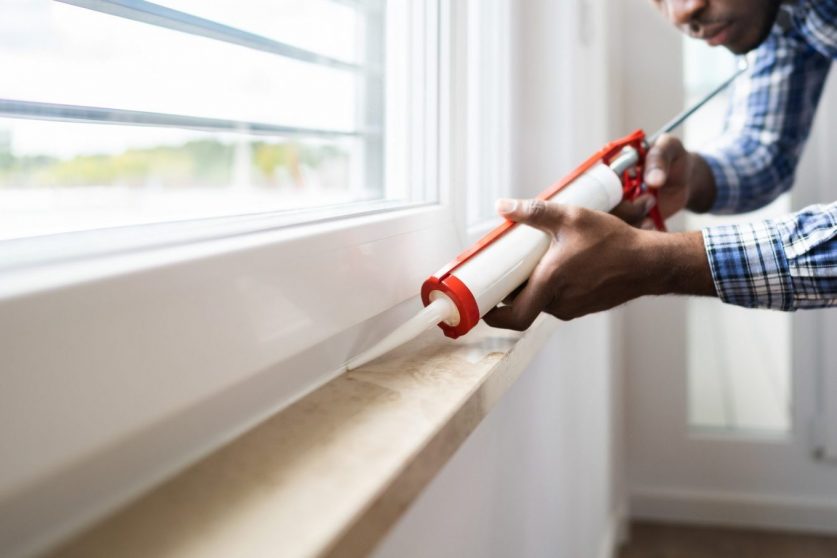The Best Tips for Caulking

Caulking, the process of filling cracks and crevices with sealant, can help protect your home or business from water damage and drafts while improving the overall look and feel of the area in question. However, improper caulking can actually do more harm than good. Before you begin caulk work, be sure to follow these tips for caulking to ensure that you get the best results possible.
Preparing the surface
Before you caulk, use a caulk removal tool to remove any old or damaged caulking. Next, clean the surface with soap and water to remove any dirt or debris. Once the surface is clean, dry it completely. Then, apply painter's tape around the area where you'll be caulking. This will help create a straight line.
Cutting tools and materials
The first step is to gather your tools and materials. You'll need a caulk removal tool, a utility knife, a putty knife, a caulking gun, and some rags. You'll also need a tube of caulk and some painter's tape. The next step is to remove the old caulk. Use the caulk removal tool to score the old caulk line. Be careful not to damage the surface beneath the caulk. Next, use the utility knife to cut through the scored line. Once you've cut through the caulk, use the putty knife to pry up the old caulk. If the old caulk is stubborn, you can use a heat gun to soften it up. Finally, use a rag to clean up any residue.
Sealing Out Grout
The best caulking gun is the one that can apply caulk in a precise, controlled manner. The best caulk gun will also have a comfortable grip and trigger that makes it easy to control the amount of caulk being applied. Here are some tips for caulking:
- Use a putty knife to remove any old caulking or sealant from the surface you'll be working on. This will help ensure a smooth, even application of new caulk.
- Cut the tip of the caulk tube at a 45-degree angle to create a small opening. You can always make the opening smaller if needed, but it's difficult to make it larger once the tube is cut.
Cleaning off excess caulk
When you're finished caulking, it's important to clean up any excess caulk. The best way to do this is with a putty knife or a 5-in-1 tool. First, make sure that the caulk is completely dry. Then, run the putty knife or 5-in-1 tool along the joint to remove any excess caulk. You may need to go over the area several times to get all of the caulk off. Once you're finished, wipe down the area with a damp cloth to remove any residue.
What To Do If You Have Leaks?
Caulking is an important part of home maintenance, and there are a few things to keep in mind to get the best results. First, choose the right caulking gun. A good caulking gun will make the job easier and produce better results. Second, choose the right caulk. There are many different types of caulk on the market, so it's important to select one that is appropriate for the job at hand. Third, prep the area to be caulked. This step is often overlooked, but it's important to ensure that the surface is clean and dry before applying caulk. Fourth, apply the caulk. Fifth, smooth the caulk. Sixth, clean up any excess caulk. Finally, enjoy your newly caulked area!
Types of caulks
There are several types of caulks on the market, each with their own benefits. For example, silicone caulk is great for areas that need to be waterproof, while acrylic caulk is best for areas that need to be flexible. You'll also find caulks that are specifically designed for use in kitchens and bathrooms.
To get the best results, it's important to choose the right type of caulk for your project. You'll also need to have a good caulking gun. The best caulking guns will have a smooth trigger pull and an easy-to-use release mechanism.
Use in other areas of home
caulking can also be used in other areas of your home, such as around doorways, windows, and even in the bathroom. caulking can help prevent drafts, save on energy bills, and keep your home more comfortable. Plus, it's relatively easy to do and doesn't require many tools. Here are a few tips to get you started


